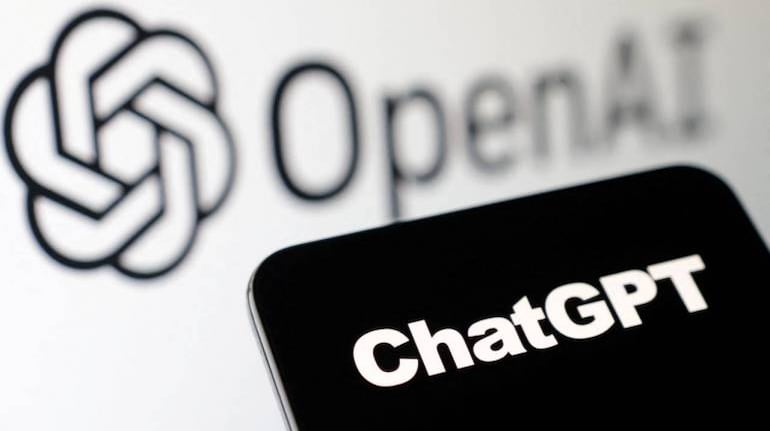Integrating Context in OpenAI-Based Chat Applications
Introduction
In modern conversational AI applications, context plays a crucial role in maintaining coherent and meaningful interactions. This article delves into the intricacies of integrating context in an OpenAI-based chat application. We will explore the necessity of context, the process of setting up context-aware conversations, and the technical implementation to manage and utilize context effectively.
The Importance of Context
Context in conversational AI refers to the ability of the system to remember previous interactions and use this information to provide more accurate and relevant responses. Without context, a chat application can struggle to maintain a logical flow in conversations, leading to disjointed and unsatisfactory user experiences.
Example Scenario
Consider the following interaction:
- User: "Are you aware of Italy?"
- AI: "Yes, I am aware of Italy."
- User: "Name its capital."
Without context, the AI might respond with, "I'm sorry, but I need more information to answer your question." However, with context, the AI can understand that the user is referring to Italy and respond correctly with, "The capital of Italy is Rome."
Technical Implementation
To integrate context into our OpenAI-based chat application, we need to ensure that both the questions and responses are stored and passed along with each new user input. This allows the AI to have a full understanding of the conversation history.
Step-by-Step Guide
1. Setting Up Initial Response Handling
const generateChatResponse = async (chatMessages) => {
try {
const response = await openai.createChatCompletion({
model: "gpt-4",
messages: chatMessages,
});
return response.choices[0].message;
} catch (error) {
console.error("Error generating chat response:", error);
return null;
}
};2. Connecting Front End to Backend
Each user message is immediately displayed along with the AI's response. Messages are managed in an array to maintain the context.
3. Handling Context in User Inputs
Store the conversation history in a state variable.
const [messages, setMessages] = useState([]);4. Creating Message Objects
Each message object contains a role (user or assistant) and the content.
const handleUserMessage = (text) => {
const userMessage = {
role: "user",
content: text,
};
setMessages((prevMessages) => [...prevMessages, userMessage]);
// Call to generate response from OpenAI
generateChatResponse([...messages, userMessage])
.then((response) => {
if (response) {
const aiMessage = {
role: "assistant",
content: response.content,
};
setMessages((prevMessages) => [...prevMessages, aiMessage]);
} else {
// Handle error
}
});
};5. Maintaining Conversation Flow
Each user message is appended to the messages array. The entire array is sent with each request to the OpenAI API to maintain context.
6. Refactoring for State Management
Manage the state for storing and updating messages.
const handleSubmit = (e) => {
e.preventDefault();
if (!text.trim()) return;
handleUserMessage(text.trim());
setText('');
};7. Handling API Success and Errors
Display a toast notification in case of errors.
const handleSuccess = (data) => {
if (!data) {
toast.error("Something went wrong");
return;
}
const aiMessage = {
role: "assistant",
content: data.content,
};
setMessages((prevMessages) => [...prevMessages, aiMessage]);
};
const handleError = () => {
toast.error("Something went wrong");
};8. Rendering the Conversation
Iterate over the messages array to display the conversation.
return (
<div className="chat-container">
{messages.map((message, index) => (
<div key={index} className={`message ${message.role}`}>
{message.content}
</div>
))}
</div>
);Conclusion
Integrating context in an OpenAI-based chat application significantly enhances the user experience by providing coherent and relevant responses. By following the detailed steps outlined above, developers can ensure their chat applications maintain context, leading to more natural and engaging conversations. This approach not only improves user satisfaction but also leverages the full potential of conversational AI.



Post a Comment
0Comments